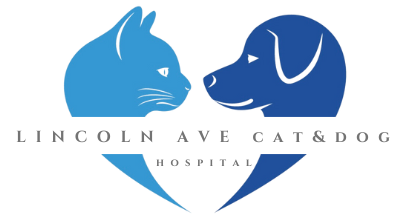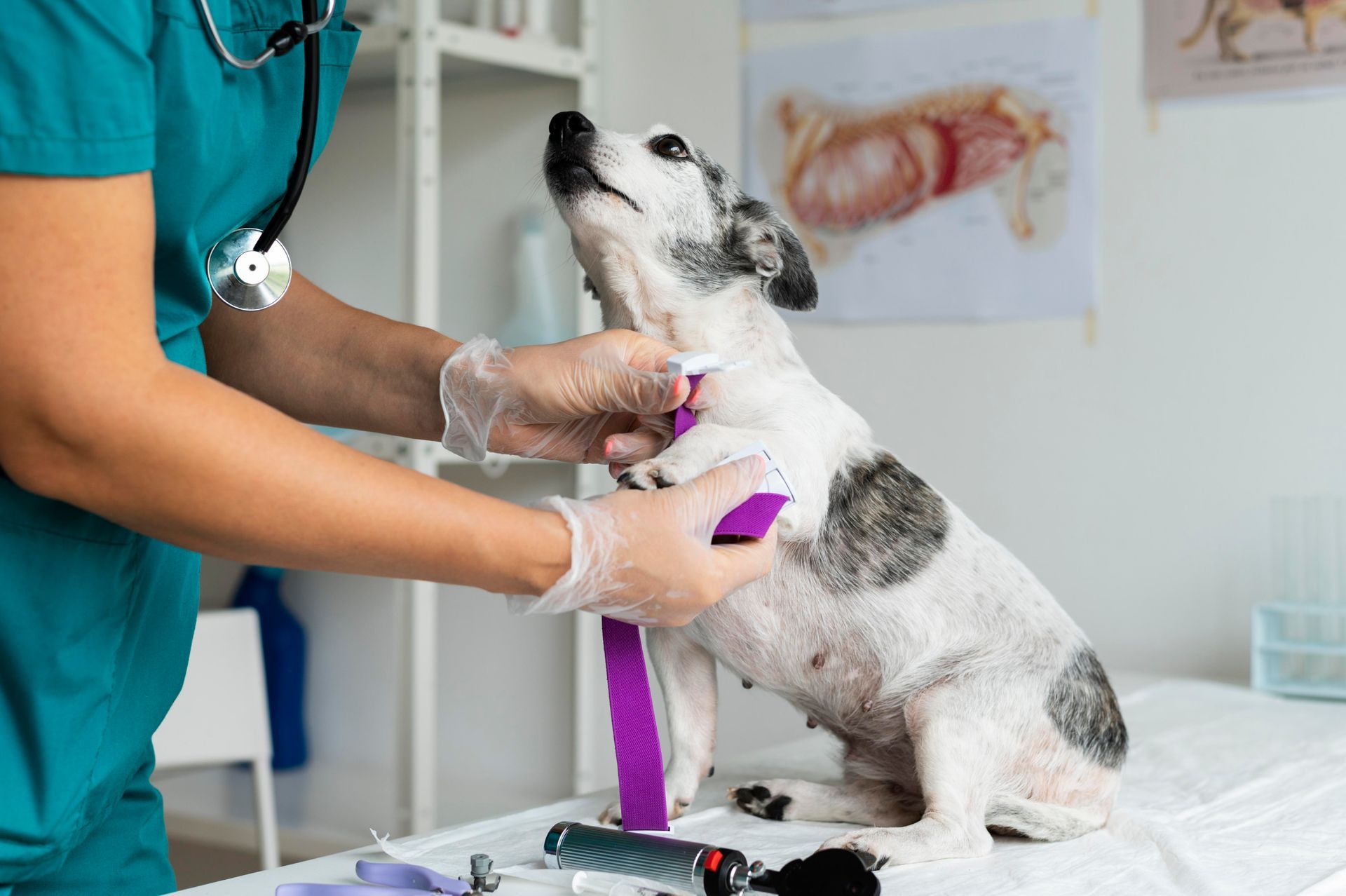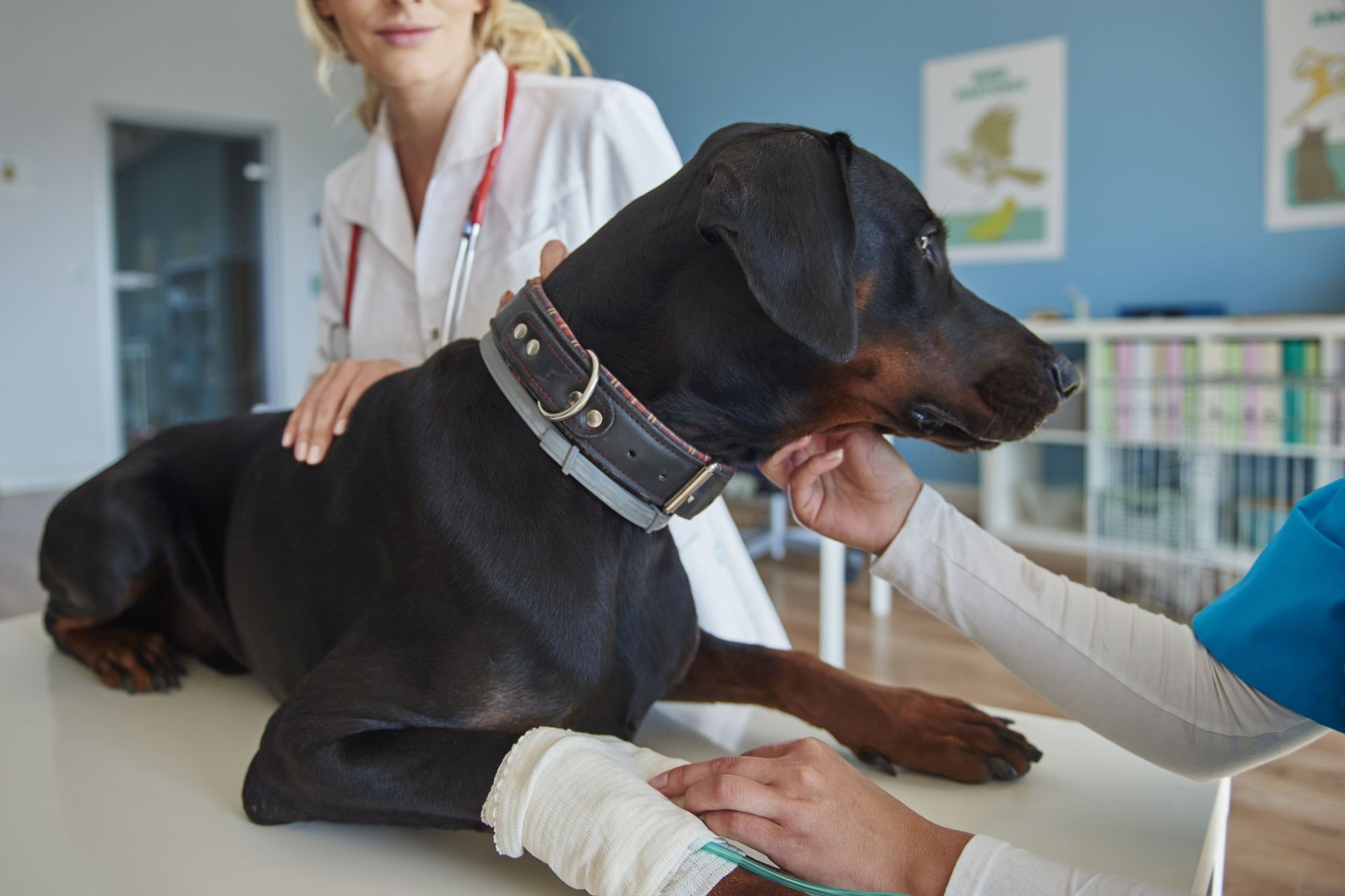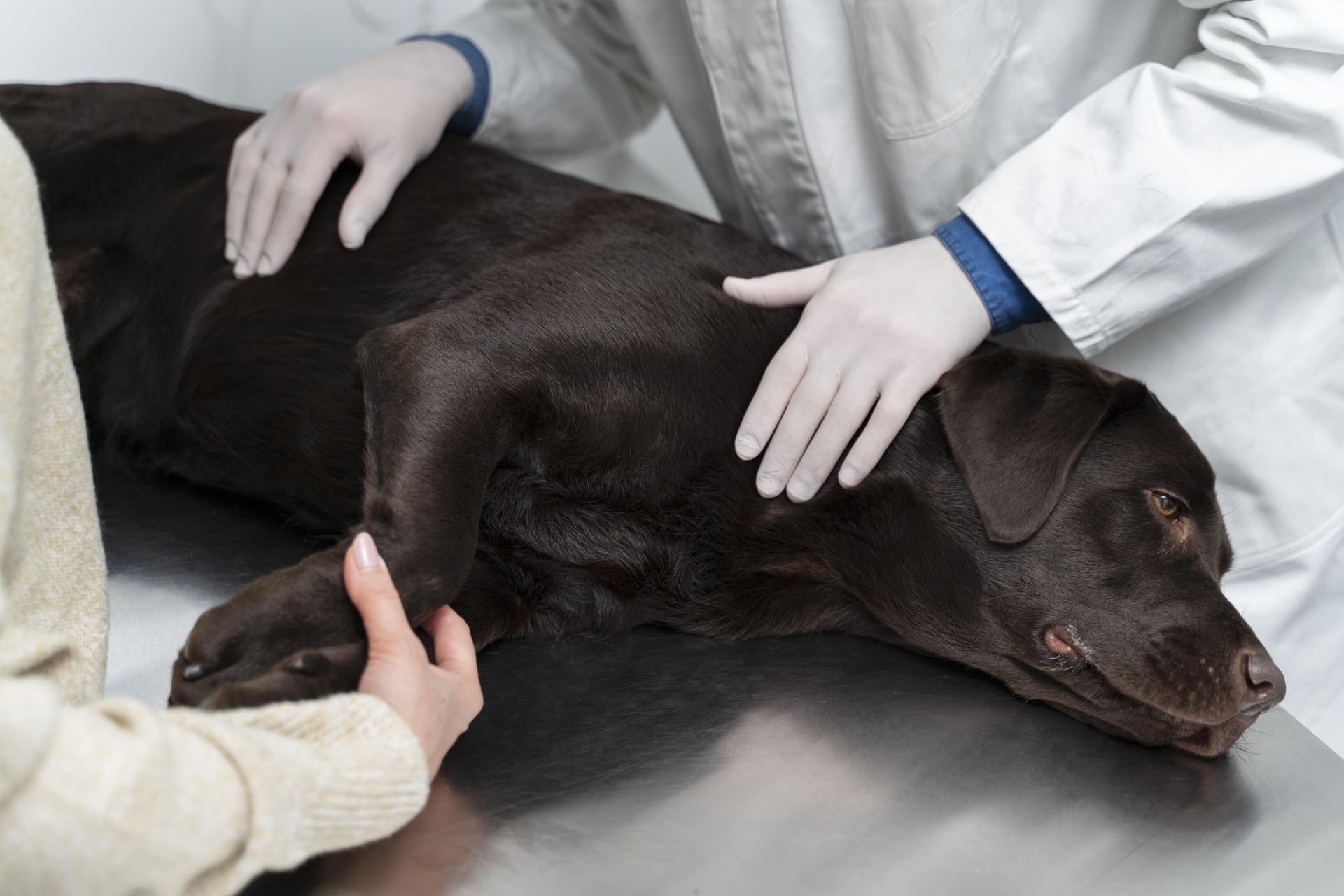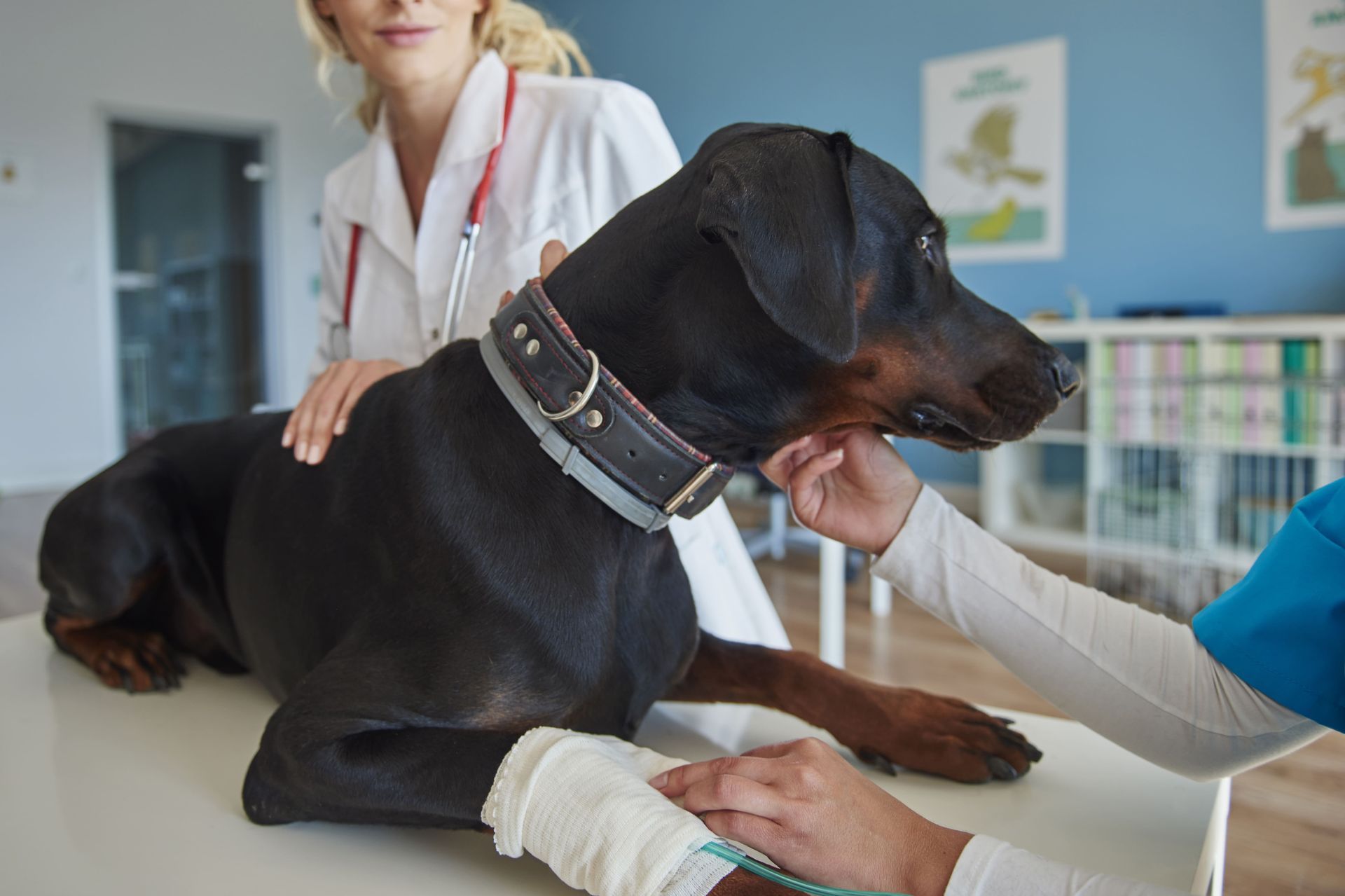Understanding Dog Orthopedics: A Guide to Keeping Your Pet Active and Healthy
Caring for a dog involves understanding various aspects of their health, including orthopedic issues that may arise. Whether you have a playful puppy or a senior dog, understanding dog orthopedics can help you provide the best care possible and ensure that your furry friend stays healthy and happy.
What Are Dog Orthopedics?
Dog orthopedics is a branch of veterinary medicine that focuses on the musculoskeletal system of dogs. This includes bones, joints, ligaments, tendons, and muscles. Understanding this area is vital for pet owners to maintain their dogs' mobility and quality of life.
The musculoskeletal system is crucial for a dog's ability to move and perform daily activities. Proper function of this system allows dogs to enjoy all the pleasantries of life, from chasing a ball to gently climbing onto the couch. Ensuring good orthopedic health involves not just treating ailments as they come, but also proactively maintaining the integrity of these structures throughout a dog’s life.
With advances in dog orthopedics, treatment has become more, incorporating not only surgical interventions but also less invasive methods to enhance recovery and overall well-being.
Common Orthopedic Problems in Dogs
Dogs are prone to several orthopedic issues that can impact their movement and overall quality of life. Early detection is key to preventing long-term damage and ensuring effective treatment.
1. Hip Dysplasia
Hip dysplasia is one of the most common orthopedic conditions in dogs, particularly affecting larger breeds like German Shepherds, Labradors, and Golden Retrievers. It occurs when the ball and socket of the hip joint do not fit together properly, leading to joint instability. Over time, this misalignment causes cartilage damage and joint inflammation, resulting in pain and restricted movement. Dogs may show signs like bunny hopping when running or difficulty rising from rest. Managing hip dysplasia often involves weight management, physical therapy, supplements, or surgical intervention in severe cases.
2. Arthritis
Arthritis in dogs, also known as osteoarthritis or degenerative joint disease, is typically seen in older pets as their joints wear down over time. The condition involves chronic inflammation of the joints, leading to stiffness, swelling, and pain. Dogs with arthritis may become less active, avoid stairs, or show discomfort when touched. While arthritis can’t be cured, its symptoms can be managed through anti-inflammatory medications, joint supplements, controlled exercise, and therapeutic treatments that support long-term dog orthopedic health.
3. Torn Ligaments (ACL Injuries)
Torn ligaments, particularly Anterior Cruciate Ligament (ACL) injuries, are another leading orthopedic problem in dogs, often seen in active or overweight pets. The ACL stabilizes the knee joint, and when torn, causes sudden lameness, swelling, and difficulty walking. This injury often requires surgical repair, followed by weeks of rehabilitation. Without proper treatment, dogs may experience chronic pain or secondary issues like arthritis. Preventative care, such as maintaining a healthy weight and avoiding excessive jumping, can reduce the risk.
4. Fractures and Broken Bones
Fractures in dogs can result from car accidents, high falls, or rough play, especially in young or elderly pets with developing or brittle bones. Symptoms include severe limping, swelling, and visible deformity or inability to bear weight. Prompt veterinary attention is crucial to assess the severity and determine whether splinting or surgical repair is necessary. Recovery involves rest, pain management, and sometimes rehabilitation therapy. Proper aftercare and consultations with a dog orthopedics are key to ensuring the bone heals correctly and the dog regains normal mobility.
Signs and Symptoms to Watch For
Orthopedic issues in dogs may not always be immediately obvious, as dogs often mask their pain. By observing physical and behavioral changes, pet owners can catch these problems early.
1. Limping or Favoring a Leg
Limping is often the first sign that something is wrong with your dog’s musculoskeletal system. It may start subtly and become more noticeable after exercise or rest. Some dogs might avoid putting any weight on the affected leg altogether. Whether it’s due to a sprain, joint inflammation, or a more serious condition like a torn ligament, limping should never be ignored and warrants a check-up focused on dog orthopedics.
2. Difficulty Rising or Sitting Down
When dogs struggle to rise from a lying position or lower themselves into a sit, it could indicate pain or stiffness in their joints. This symptom is especially common in dogs with arthritis or hip dysplasia. You may notice your dog hesitating before standing or needing multiple attempts to get up. These signs often progress slowly but can severely impact your pet’s comfort if not addressed.
3. Reluctance to Climb Stairs or Jump
Dogs who were once eager to bound up stairs or jump onto the couch may begin to hesitate or completely avoid these activities. This change in behavior can be a red flag for joint discomfort or reduced range of motion. Even young dogs may show these symptoms if they have early-stage orthopedic issues, making it important to take action regardless of age.
4. Changes in Gait or Posture
Noticeable changes in the way your dog walks or stands—such as stiffness, a hunched back, or dragging a limb—often point to an underlying orthopedic issue. Some dogs shift their weight to avoid pressure on an injured area, while others develop an unusual gait to compensate for pain. These shifts are your dog’s way of protecting itself and should be assessed by a veterinarian skilled in dog orthopedics.
Preventative Measures for Maintaining Orthopedic Health
Maintaining good orthopedic health in dogs requires a combination of lifestyle adjustments, diet, and environmental changes. These proactive measures can significantly reduce the risk of future joint and bone issues.
1. Keep Your Dog at a Healthy Weight
Excess body weight puts additional strain on your dog’s joints, accelerating wear and tear and increasing the risk of conditions like arthritis and hip dysplasia. Maintaining an ideal weight helps prevent these issues and is especially important for breeds that are genetically predisposed to orthopedic problems. Regular weight checks and portion control are essential to protecting your dog’s joints.
2. Incorporate Regular Low-Impact Exercise
Exercise helps keep your dog’s muscles strong and joints flexible, both of which are vital for supporting their musculoskeletal system. Activities like walking, swimming, or controlled play are excellent for maintaining joint health without causing excessive strain. Overexercising or high-impact activities should be avoided, especially in puppies or senior dogs.
3. Feed a Balanced, Joint-Supportive Diet
A diet rich in omega-3 fatty acids, glucosamine, chondroitin, and antioxidants can strengthen cartilage, reduce inflammation, and support overall bone health. Puppies need a balanced intake of calcium and phosphorus for proper bone development, while older dogs benefit from joint-specific supplements. Consult your vet to ensure your dog’s diet supports their age, breed, and orthopedic needs.
4. Create a Joint-Friendly Environment
Your dog’s surroundings can significantly influence their orthopedic health. Adding non-slip rugs, orthopedic dog beds, and ramps can help reduce strain on joints and prevent injuries from slips or hard landings. These small modifications, especially for aging or recovering dogs, are easy ways to support daily comfort and long-term dog orthopedic care.
Treatment Options and Rehabilitation
When orthopedic problems arise, timely and appropriate treatment is crucial. From conservative care to surgery, a range of solutions exists to restore your dog’s mobility and quality of life.
1. Medication and Pain Management
Non-steroidal anti-inflammatory drugs (NSAIDs), pain relievers, and joint supplements are typically used to manage orthopedic conditions. These medications help reduce inflammation, relieve pain, and improve your dog’s ability to move comfortably. Always administer medications under the supervision of a veterinarian to ensure proper dosing and minimize side effects.
2. Physical Therapy and Strength Building
Rehabilitative exercises improve joint flexibility, rebuild muscle strength, and promote healing. Physical therapy often includes controlled movements, stretching, and balance activities tailored to your dog’s condition. Regular sessions with a certified canine rehab can lead to significant improvements in mobility and comfort.
3. Hydrotherapy for Recovery Support
Hydrotherapy is a low-impact rehabilitation technique that uses water resistance and buoyancy to help dogs exercise without stressing their joints. It’s particularly effective for post-surgical recovery, arthritis management, and weight loss. Many veterinary clinics and rehab centers now offer hydrotherapy as part of their dog orthopedic services.
4. Surgical Intervention When Needed
In severe cases, surgery may be the best or only option to correct structural issues. Common orthopedic surgeries include ACL reconstruction, hip replacement, and fracture repair. Post-operative care involves rest, gradual reintroduction to movement, pain management, and sometimes physical therapy. With the right treatment and rehabilitation plan, many dogs regain full function and return to a happy, active life.
Empowering Pet Owners: A Path to Better Canine Health
Being informed about dog orthopedics empowers you to make better decisions for your pet's health and well-being. By recognizing signs of orthopedic issues early and seeking veterinarian advice , you can help your furry companion lead a comfortable and active life.
With the right knowledge and care, you can be a proactive partner in your dog's orthopedic health journey. Whether it's preventive strategies, rehabilitation, or advanced treatment options, supporting their mobility means supporting their happiness—and that’s what every dog truly deserves.
Final Words
Dog orthopedics is more than just a medical —it's a crucial aspect of giving your pet a full, pain-free life. From understanding early symptoms to choosing the right preventative strategies, every step you take helps your dog stay active, playful, and comfortable. As veterinary medicine continues to advance, so do the ways we can support our pets through all life stages. By staying informed, observant, and compassionate, you ensure your dog gets the care they need—because every tail wag is worth it.
FAQs
Q-1. What breeds are more prone to orthopedic problems?
Ans: Larger breeds like German Shepherds, Labrador Retrievers, and Great Danes are more prone to issues like hip dysplasia and arthritis due to their size and weight.
Q-2. Can young dogs suffer from orthopedic problems too?
Ans: Yes, puppies can suffer from congenital issues like elbow or hip dysplasia or fractures due to developing bones. Regular vet checkups help detect problems early.
Q-3. How can I tell if my dog is in pain from an orthopedic condition?
Ans: Look for signs like limping, stiffness, reluctance to walk or climb stairs, and behavioral changes such as irritability or lethargy.
Q-4. Is surgery always necessary for orthopedic issues?
Ans: Not always. Many cases can be managed with medication, physical therapy, weight control, and environmental adjustments. Surgery is usually reserved for severe or persistent conditions.
